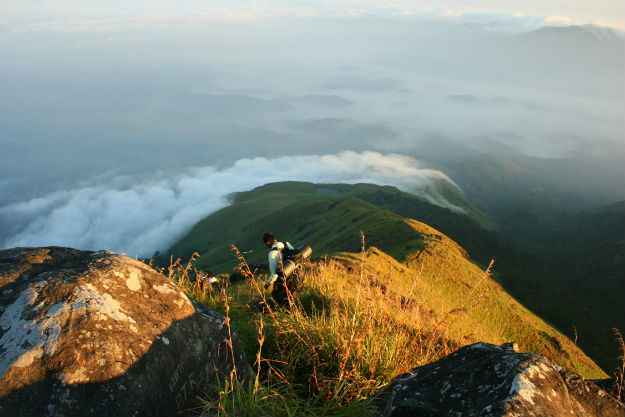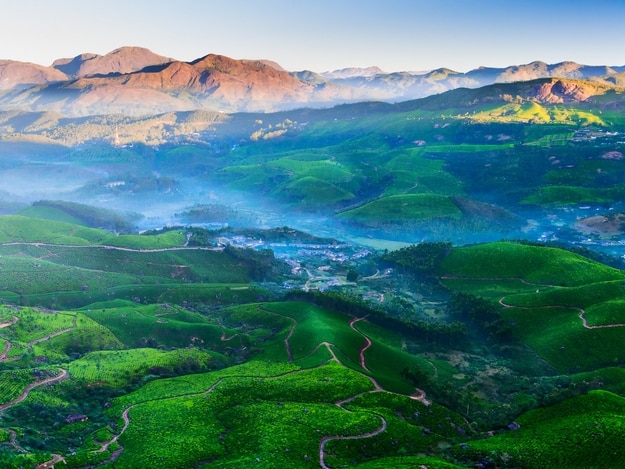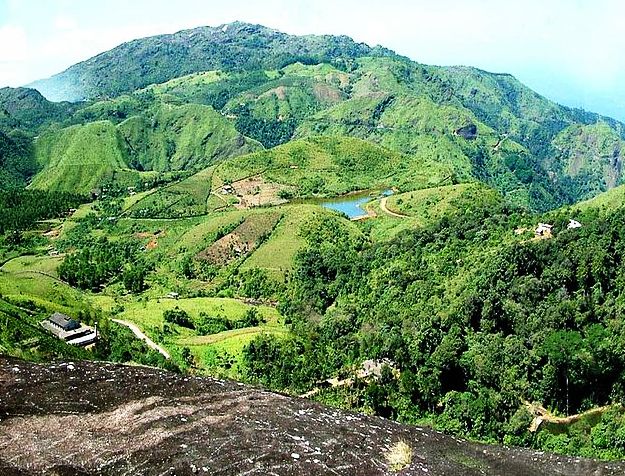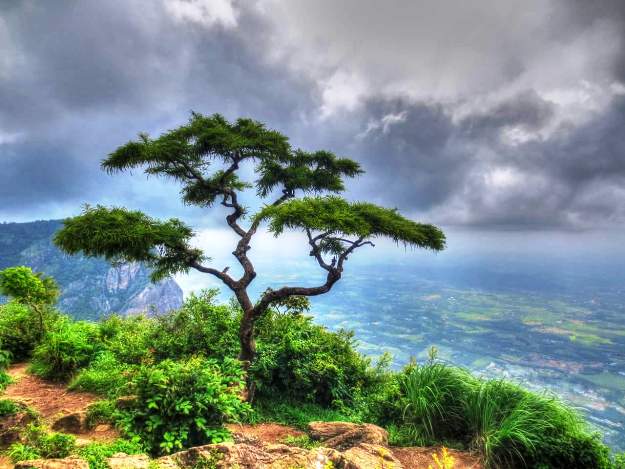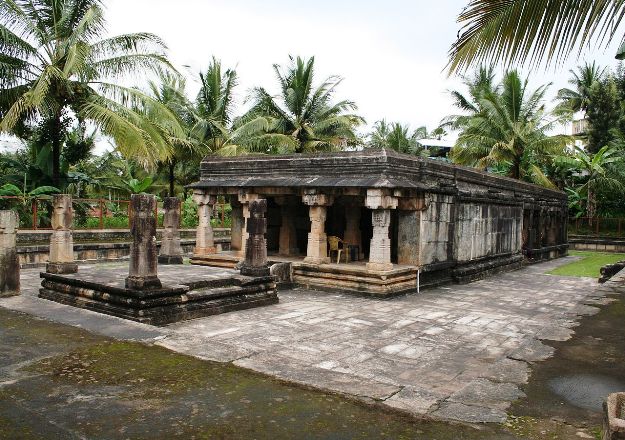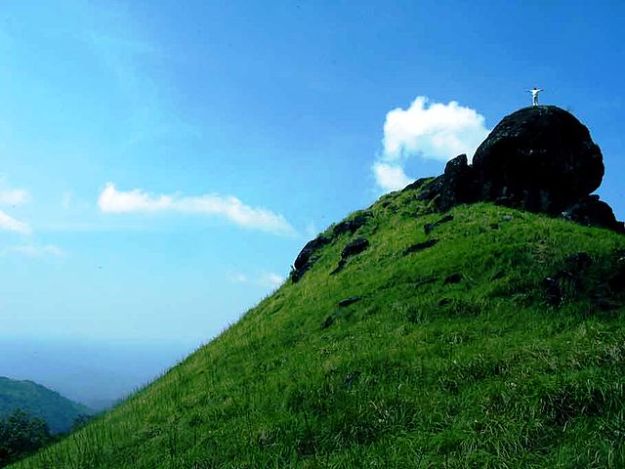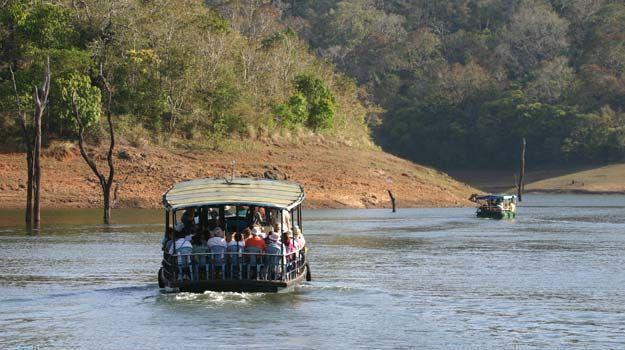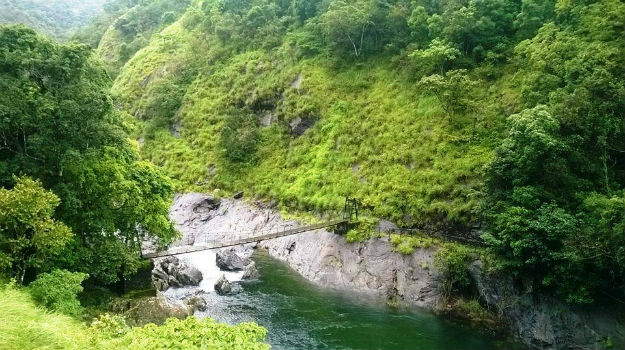Best hill stations in #Kerala to visit

Best hill stations in Kerala to visit for a chill vacation
Kerala is known by many names, and its terrain is just as varied. It is the land of spices and tea popularized as God’s Own Country since the 1980s by the state tourism agency, a super-brand in itself and among the most popular tourist destinations in India. Kerala has long, pristine beaches that are caressed by the Arabian Sea, dense tropical forests with a variety of flora and fauna, and endless coconut palms. But it also has several gems hidden away in the valleys and peaks of the Western Ghats. If you are planning a visit to Kerala, here are the 10 best hill stations in Kerala.
Wayanad
Located around 2,100 metres above sea level, the Wayanad hill station is a sight to behold, especially during the months of October to May. The hills are covered by thick, dark green rainforests and spice plantations, with several waterfalls cascading through them. You can spend your time in Wayanad simply exploring the places around you and taking in the scenery, but you also have several adventure sports on offer. Chembra Peak, the tallest peak in the region, offers a breathtaking view of the surrounding hills, covered by the monsoon mist. You can also explore the caves of Pakshipathalam to spot rare species of plants and animals, especially birds. The forests of Kuruva Island are also a bird-watchers’ paradise and makes for an arresting picnic spot, as do the Soochippara falls. Wayanad is famous for housing the largest population of Asian elephants, which you can find at the Muthanga Wildlife Sanctuary, along with bison, deers, bears and tigers.
Munnar
The famous hills and tea estates of Munnar cannot be ignored when you are making a list of the best hill stations in Kerala. The tea gardens give Munnar a fresh, aromatic atmosphere. Homely and romantic, Munnar offers comfort in the midst of the Nilgiri mountains. If you visit Munnar during the once-in-12-years bloom of the Neelakurinji flowers, you can witness the rare sight of the valley turning blue. The next bloom is going to happen in 2018, but Munnar is a pleasant place to visit any year during the months of October-November and January-May. You can chill by the banks of Mattupetty Lake or visit the Tata Tea Museum to savour the wide variety of teas on offer. And you cannot miss on visit Anamudi, the highest point of south India.
Vagamon
Located on the border of the Kottayam and Idukki districts, Vagamon is a quiet hill station that is not quite as commercial as Munnar. As a result, Vagamon has an sort of untamed natural beauty to it, complete with dense jungles where you can spot wild elephants and other animals. The untouched greenery is sublime to witness, and this is one of those rare places in India where you can feel the closest to nature. You can find a lot of options for mountaineering, paragliding, trekking and rock climbing here. But you can also choose to relax by the many small water bodies around the area and lose yourself in the misty pine forests or the few tea plantations of Vagamon. The spiritually inclined can visit the Kurisumala Ashram, while Mooppanpara, Vagamon Meadows and Vagamon View Point offer great views.
Ponmudi
Located around 55 km away from the southern capital city of Trivandrum, Ponmudi is best visited during the early half of the year, but its weather is pleasant throughout the year. With a name that literally translates to “Golden Peak”, Ponmudi is a favoured base for going trekking and hiking up the hills nearby. The 22 hairpin bends that come along the Trivandrum-Ponmudi road make for a thrilling and scenic drive, and the hill station itself is rich in scenic natural beauty, with mountain flowers everywhere amidst the forests. The Kallar trek takes you the Meenmutty falls, which are a sight to behold. You can find guided tours organised by the local forest department itself. There is also the nearby Peppara Wildlife Sanctuary, where you can spot deer, elephants, Malabar grey hornbill, painted bush quail and other animals endemic to the region.
Idukki
Idukki is Kerala’s second-largest district but also its least populated one, with a large part of its land being covered by protected forests. It is located just around 117 km away from Kochi, making it one of the closest hill stations to the major port city. Here, you can take elephant rides, visit the spice gardens or take a safari through the namesake wildlife sanctuary, where you can find various species of wild jungle cats, snakes, deer, bison and, of course, elephants. Mountain climbers and trekkers can go to Kalliyanathandu, where they can hike through the forests to get a view of the mountains from the top.
Nelliampathi
The hill town of Nelliampathi, also spelt as Nelliyampathy, is also located in Palakkad, along the Kerala-Tamil Nadu border. It is nestled within the Sahyadri mountain range, with its highest point at an elevation of 1,572 metres above sea level. The town and its surrounding area is home to several spice and tea plantations, resulting in an aromatic ambience and plenty of plantation tours on offer. You can also explore the jungles around the town, particularly the Parambikulam Wildlife Sanctuary and Pothundi Reservoir. The Seetharkund viewpoint gives an impressive vista of the Sahyadri mountains and hills, as does the Kesavampara viewpoint. You can find several excellent trekking trails here, like Mampara and Kaikatty, and you can even hike up to view the popular Sholayar Pass.
Sulthan Bathery
Located just short of 100 km away from the major city of Kozhikode (or Calicut as it is still called by many), Sulthan Bathery is a hill town with its own special place in India’s rich history. Its name comes from the massive artillery battery that was built by the Tiger of Mysore and ruler of the Mysore kingdom, Tipu Sultan. Despite being at a relatively low altitude of 930 metres above sea level, Sulthan Bathery makes for a great destination thanks to the lush green forests and pleasant climate prevalent throughout the year. You can visit the ancient battery itself, which was once a Jain temple and is said to have a tunnel that led straight to Mysore. Muthanga Wildlife Sanctuary is another great place to visit, along with the Ambalavayal Heritage Museum and Edakkal Caves.
Ranipuram
The hill station of Ranipuram is situated within Kasaragod district, lying near the Kerala-Karnataka border on the Kottancheri-Talacauvery mountains. It is home to the expansive Madathumala forest that stretches into Karnataka, with deep dark rainforests and lush, wide and open grasslands. As you can expect, nature is the biggest drawing point of Ranipuram, with its namesake national park being a major tourist attraction. You can find wild elephants, deer and even leopards on the prowl. Apart from the big game, you can also find cuter species like Malabar squirrels, porcupines and over 200 bird species. Ranipuram also has several trekking trails that take you up the hills and give you a view of the Talacauvery mountains, from which the mighty Cauvery River originates.
Thekkady
If you want to venture even deeper into the wild forests of Kerala, Thekkady should be your destination of choice. Located within the Idukki district, Thekkady is a major tourist destination and lies close to the Kerala-Tamil Nadu border. You can spend your days nestled within the dense evergreen forests, with all the sights and sounds of the jungle in full display. Thekkady is home to several species, including wild elephants that you can spot wandering the grasslands, langurs and macaques that rest atop the tall deciduous trees, and even sambar and tigers that prowl the nearby reserve. The Periyar Wildlife Sanctuary is the main attraction here, where you can take the tiger trail and go bamboo rafting, or simply walk through the wilderness. The spice plantations of Vandanmedu and Murikkady are also a popular haunt for tourists, as are the markets of Kumily.
Silent Valley
On the eastern fringes of Kerala lies a relatively secluded hill station called Silent Valley. Located in Palakkad district that lies on the Western Ghats separating Kerala from the plains of Tamil Nadu, Silent Valley is home to a sprawling national park of the same name. Best visited during the winter and summer months of December-April, Silent Valley’s national park status has sheltered it from the level of commercialisation seen in other hill stations in Kerala. In fact, the ‘Save Silent Valley’ movement of the 1970s successfully stopped a planned hydroelectric project that could have damaged its ecologically rich wildlife. It holds the largest population of the rare lion-tailed macaque and holds several endangered species, including the Malabar pied hornbill, red winged crested cuckoo and endemic species like the black-and-orange flycatcher


